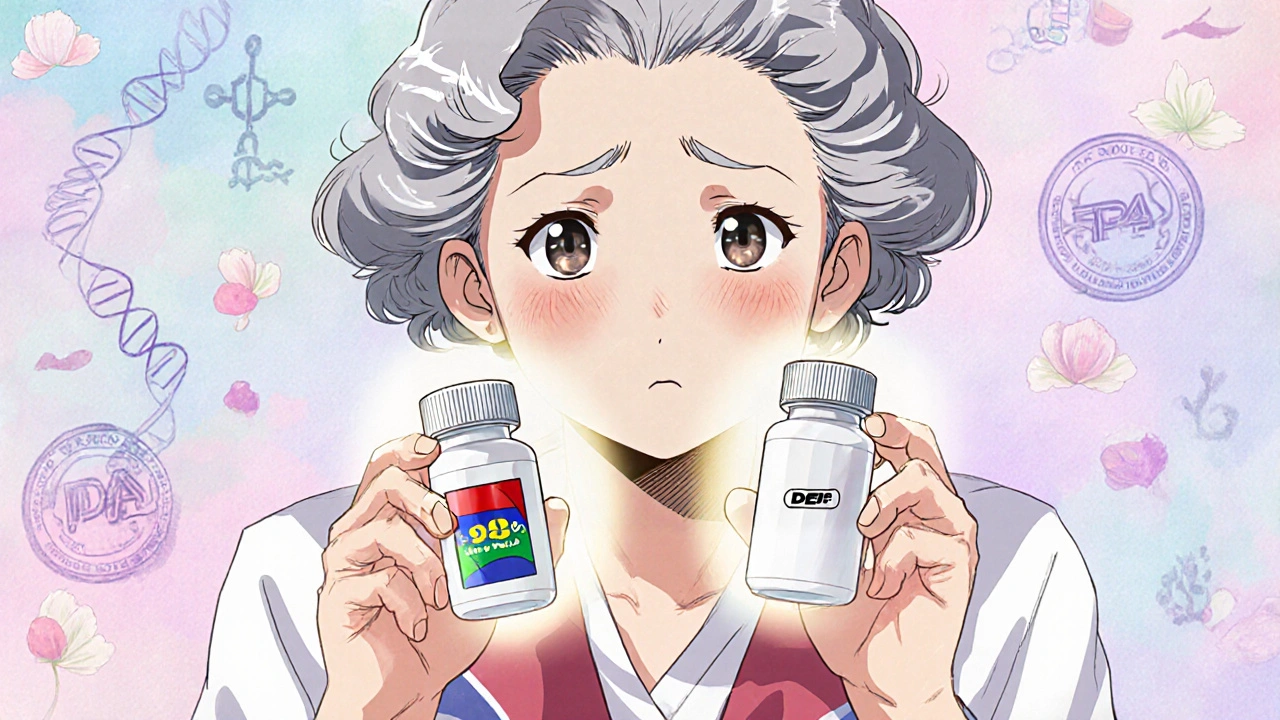
Have you ever been handed a pill that looked completely different from what you’ve been taking for years-and felt uneasy about it? You’re not alone. Millions of people switch to generic drugs every day to save money, but many still wonder: Are generics really the same? The answer is yes-scientifically, legally, and medically. But perception doesn’t always follow the facts. And when it comes to who trusts generics and who doesn’t, age plays a bigger role than most people realize.
Why Older Generations Doubt Generics
Baby Boomers (born 1946-1964) grew up in an era when brand names meant quality. Think Tylenol, Advil, or Lipitor. These weren’t just drugs-they were trusted names, backed by decades of TV ads, doctor endorsements, and personal experience. When a doctor prescribed a brand-name drug, it came with a sense of certainty. That loyalty stuck. Now, when they’re handed a small, white pill with no logo and a price tag that’s 80% lower, their first reaction isn’t relief-it’s suspicion. Why does it look different? Why isn’t it from the same company? Is it weaker? Will it make me sick? Studies show that 42% of adults over 60 believe generic drugs are less effective than brand-name ones-even when told they contain the exact same active ingredient. That’s not ignorance. It’s learned behavior. They’ve seen brand-name drugs work. They’ve never seen the generic version work… until now. And human brains don’t like switching what’s worked before. Even more telling: when asked directly, many older patients say they feel more confident taking a brand-name drug for conditions like high blood pressure or heart disease. It’s not about science-it’s about emotional safety. For them, the brand is a promise. The generic is a gamble.Gen X and Millennials: The Pragmatic Middle
Generation X (born 1965-1980) and Millennials (born 1981-1996) are caught in the middle. They remember brand-name drugs, but they also remember the rising cost of prescriptions. Many have had to choose between buying medication or paying rent. They’ve seen friends skip doses because the co-pay was too high. This generation is more likely to accept generics-but only if they trust the source. They’ll take a generic from a pharmacy they know, or one prescribed by a doctor they trust. But if the pharmacist switches it without warning? That’s a red flag. They don’t trust the system as much as the science. One 2023 survey found that 68% of Millennials had taken a generic drug in the past year, but only 51% believed it was just as effective as the brand. That gap-between usage and belief-is telling. They’re using generics because they have to, not because they’re convinced. What’s different for them? They’ve grown up with online reviews, YouTube explainers, and easy access to drug databases. They Google their meds. They read the FDA’s bioequivalence reports. But they’re also bombarded with ads from pharma companies that still push brand names as superior. That mixed messaging creates confusion. They want to believe generics are fine. But they’re not fully sold.Gen Z: The New Normal
Gen Z (born 1997-2012) doesn’t remember a time when brand-name drugs were the only option. For them, generics aren’t a compromise-they’re the default. They’ve never seen a TV ad for a $200 cholesterol pill. They’ve seen Instagram posts about $4 generics at Walmart. They’ve watched TikTok videos explaining how the FDA approves generics. In a 2024 survey of 1,200 young adults, 79% said they’d choose a generic drug without hesitation-even if it looked different. Why? Because they don’t have the emotional baggage. They don’t associate the brand with quality. They associate price and convenience with smart choices. And they’re not just accepting generics-they’re demanding them. When their parents try to switch them to a brand-name drug, they push back. “Why pay more if it’s the same?” is a common refrain. They trust regulators more than they trust marketing. They’ve seen corporate scandals. They’ve watched drug prices spike. They know the system is broken-and generics are one of the few fixes they can control.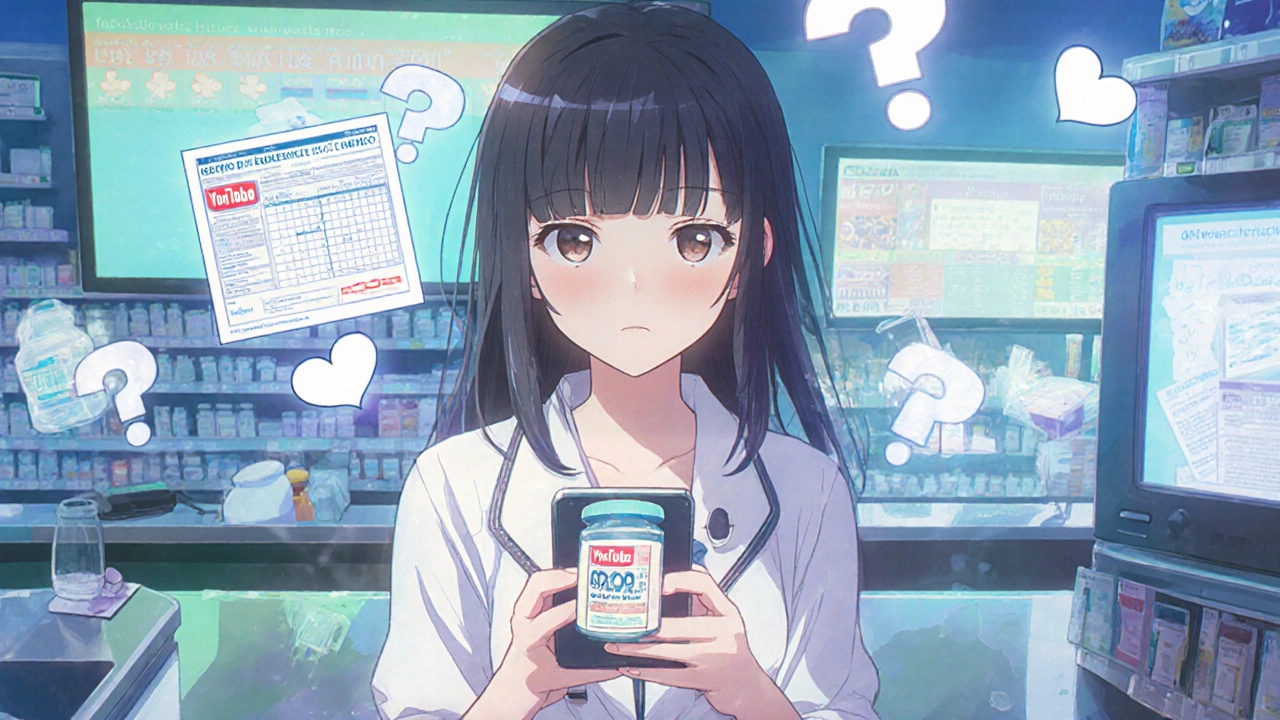
The Trust Gap: Science vs. Story
Here’s the hard truth: generics are not just as good as brand-name drugs-they’re identical in active ingredients, strength, dosage form, and how they work in your body. The FDA requires them to be bioequivalent: meaning they deliver the same amount of medicine into your bloodstream at the same rate. If a brand-name drug lowers your blood pressure by 15%, the generic will too. So why do people still think they’re different? Because perception isn’t shaped by data-it’s shaped by stories. And the story we’ve been told for decades is this: “Brand name = better.” That story was built by decades of advertising, doctor habits, and patient experiences. It’s not false-it’s incomplete. It ignores the fact that the same company that makes the brand-name drug often makes the generic too. It ignores that generics are tested on thousands of patients before approval. It ignores that the FDA inspects generic factories just as strictly as brand-name ones. But stories stick. And for older generations, the story of “brand = safety” is deeply embedded. For younger people, the story is “price = smart.”Health Literacy Is the Real Divider
The biggest factor separating who trusts generics and who doesn’t isn’t age-it’s health literacy. And age is just one part of that. People with higher health literacy-those who understand how drugs are tested, how the FDA works, and what “bioequivalent” actually means-are far more likely to choose generics, no matter their age. But here’s the catch: health literacy tends to drop with age. Why? Because older adults were educated in a time when medicine was less transparent. They didn’t learn how to read drug labels. They weren’t taught to question prescriptions. They trusted doctors to know best. And doctors, for decades, prescribed brand names because that’s what they were taught. Meanwhile, younger people grew up with Google, patient portals, and mobile apps that show them side effects, alternatives, and cost comparisons. They’re not just passive recipients of care-they’re active researchers. That’s why a 65-year-old with a college degree might be more open to generics than a 25-year-old who dropped out of high school. It’s not about age-it’s about access to information and the ability to interpret it.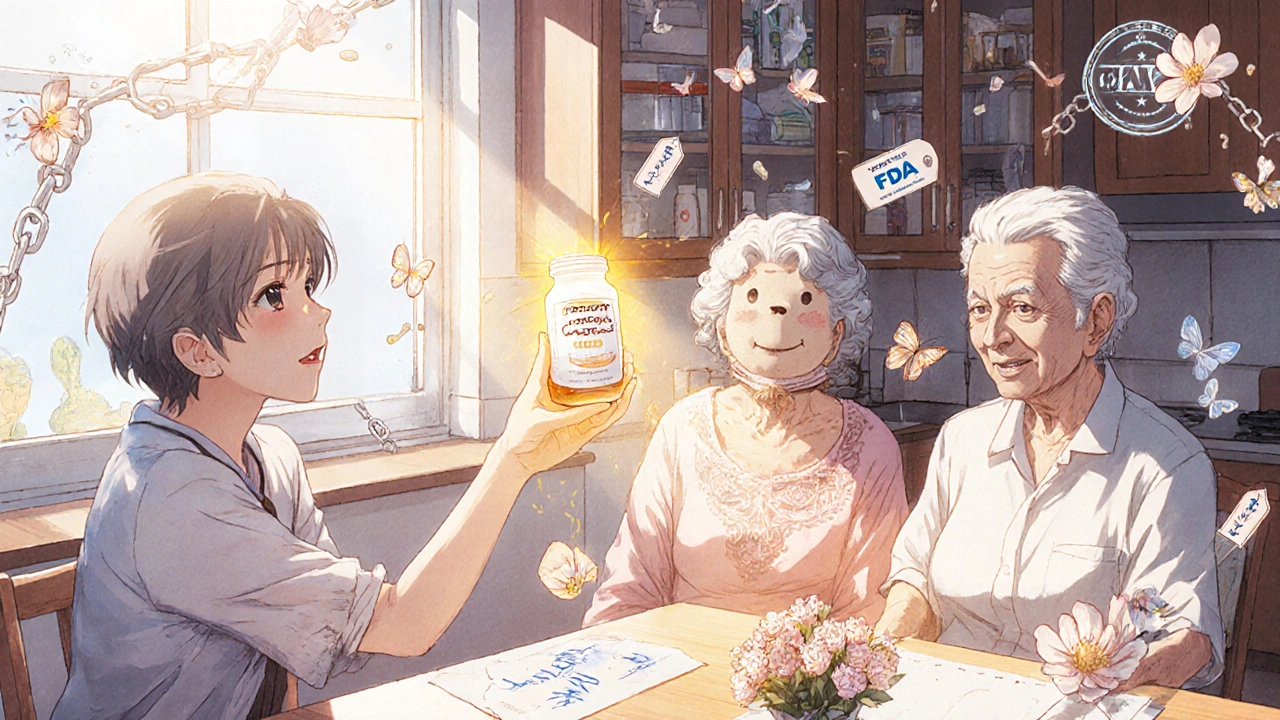
What Can Be Done?
The good news? Attitudes can change. And they’re already starting to. In countries like China and Germany, government policies that force hospitals to prioritize generics have led to massive shifts in prescribing habits. In the U.S., Medicare Part D plans now encourage generics by lowering co-pays. But policy alone isn’t enough. Here’s what works:- Clear communication from pharmacists: When a pharmacist says, “This is the same medicine, just cheaper,” and explains why, patient acceptance jumps by 40%.
- Doctor endorsement: When a doctor says, “I prescribe this generic to my own family,” trust increases dramatically.
- Visual aids: Showing patients side-by-side charts of how the active ingredient works the same way helps more than any brochure.
- Transparency: Telling patients that the same company that makes the brand also makes the generic removes suspicion.
The Bigger Picture: Cost vs. Care
Generics make up 90% of all prescriptions filled in the U.S.-but only 23% of drug spending. That means billions of dollars are saved every year because people choose generics. But if people don’t trust them, they skip doses. Or take less. Or stop entirely. That’s when health costs go up-not because generics don’t work, but because people are afraid to use them. The real crisis isn’t the price of brand-name drugs. It’s the gap between what we know scientifically and what we believe emotionally. And that gap is widest between generations. We can’t fix this with more ads. We can’t fix it with more regulations. We fix it by listening-to the fears of older patients, the skepticism of middle-aged ones, and the pragmatism of the young. We fix it by giving everyone, no matter their age, the tools to understand that a small, plain pill can save a life… just like the expensive one.Are generic drugs really as effective as brand-name drugs?
Yes. Generic drugs must meet the same strict standards as brand-name drugs set by the FDA. They contain the same active ingredient, in the same strength, and work the same way in your body. The only differences are in the inactive ingredients (like color or shape) and the price. Studies show they produce the same clinical outcomes in patients.
Why do some people think generics are less safe?
It’s mostly due to perception, not fact. Brand-name drugs have decades of advertising and familiarity. Generics look different and are cheaper, which leads some to assume they’re lower quality. But the FDA inspects generic manufacturing facilities just as often as brand-name ones. In fact, many brand-name companies make their own generics under different labels.
Do older adults trust generics less than younger people?
Yes, studies show older adults are more likely to doubt generics due to lifelong brand loyalty and less exposure to modern drug education. They grew up in an era where brand names were marketed as superior. Younger generations, raised with online access to drug information and rising drug costs, are more likely to see generics as a smart, practical choice.
Can switching to a generic cause side effects?
Rarely. The active ingredient is identical, so side effects should be the same. But sometimes, differences in inactive ingredients (like fillers or dyes) can cause minor reactions in sensitive individuals-like a rash or stomach upset. If this happens, talk to your doctor or pharmacist. It’s not the drug failing-it’s a personal sensitivity to a non-medicinal component.
Why do pharmacists sometimes switch my medication without asking?
In many places, pharmacies are allowed to substitute a generic for a brand-name drug unless the doctor specifically writes “dispense as written.” This is legal and common, and it’s meant to save you money. But if you’re uncomfortable with the switch, you can always ask to keep the brand name-or ask your doctor to write “no substitution.”
How can I know if a generic is made by the same company as the brand?
Many brand-name drug companies also make their own generics. For example, Pfizer makes both Lipitor and its generic version, atorvastatin. You can check the manufacturer name on the bottle or ask your pharmacist. It doesn’t change how the drug works-but it can ease concerns if you know it’s the same company.


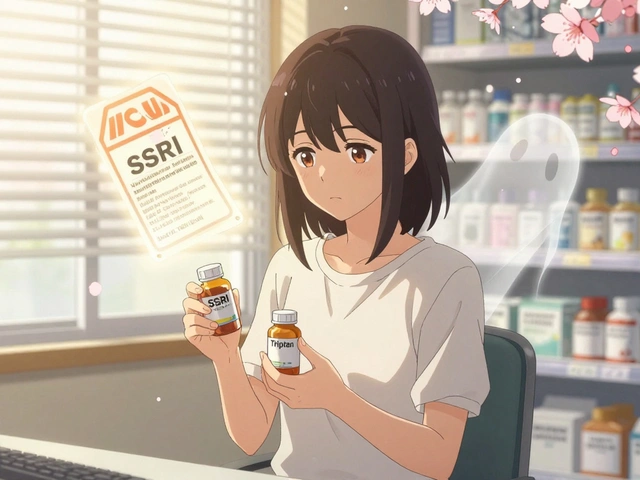
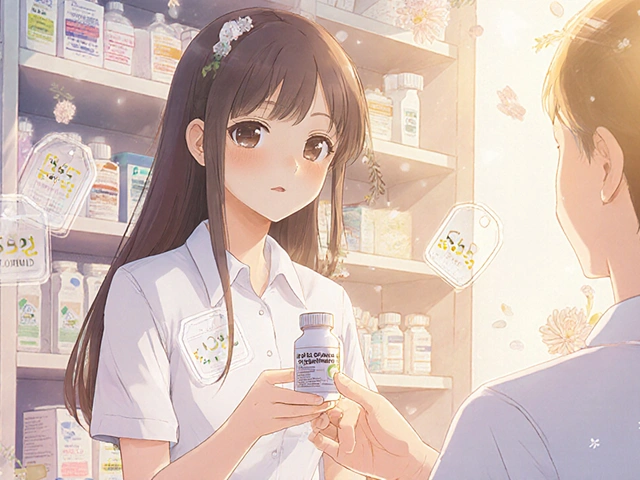
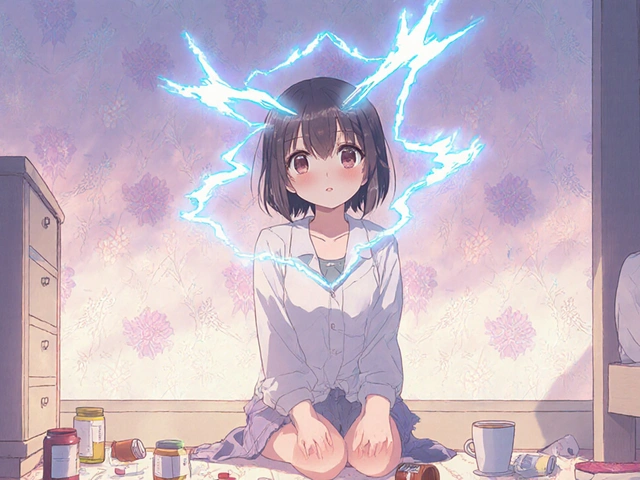
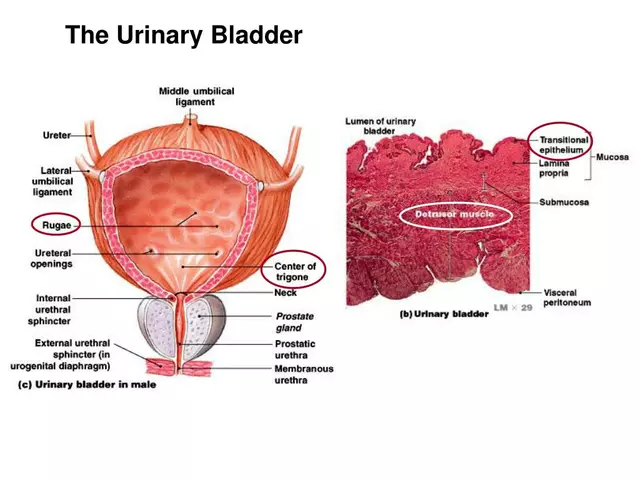
There are 11 Comments
Connor Moizer
Look, I don’t care if it’s blue or white or shaped like a tiny dinosaur - if it’s got the same active ingredient, it’s the same damn drug. I’ve been taking generics for my blood pressure for 8 years and I haven’t dropped dead yet. The real problem? Pharma companies selling fear like it’s a supplement.
Patrick Merk
It’s wild how much of this comes down to storytelling, isn’t it? We’ll trust a $200 pill with a glossy logo because it’s got a backstory - ‘Born in a lab in New Jersey, tested on 12,000 volunteers, approved by the Pope’s personal pharmacist’ - but a $4 pill with no name? ‘Is it even real?’ It’s not about science, it’s about mythmaking. And the myth’s been fed for decades.
Jennifer Stephenson
Generics work. I use them. No issues.
Willie Randle
I appreciate how you framed this - not as a generational battle, but as a literacy gap. My 72-year-old dad still refuses generics because his doctor in the ‘90s told him ‘brand is best.’ But when I sat down with him and showed him the FDA’s bioequivalence charts side-by-side, he actually asked if he could take one next refill. It’s not about age. It’s about access to clear, non-patronizing information. Pharmacists who say, ‘This is the same medicine, just cheaper,’ aren’t just saving money - they’re rebuilding trust.
Liam Dunne
My uncle in Texas swears his generic metformin gives him ‘weird dreams’ - but when we checked, the brand he used to take had the same inactive ingredients. He just didn’t know the manufacturer switched suppliers. The real villain here isn’t the generic - it’s the silence. Nobody explains the fillers. Nobody says, ‘Hey, the dye changed, that’s why it looks different.’ That’s on the system. Not the patient.
Laura-Jade Vaughan
OMG YES. I just switched to generic Adderall and now I’m basically a productivity goddess 🌟✨ I used to feel guilty for choosing it, like I was ‘settling’… until I read the FDA report and realized the brand was literally just a fancy coat of paint. Why pay $300 for glitter when the engine’s the same? 🤷♀️💊 #GenericRevolution
Rodney Keats
Oh, so now it’s ‘emotional baggage’? Cute. Let me guess - the same people who think ‘organic’ means ‘not made in a basement by a guy named Dave’ are the ones saying generics are fine? Wake up. The FDA doesn’t inspect factories - they get a PowerPoint from the company. And guess who owns both the brand AND the generic? Big Pharma. Same factory. Same people. Same profit margin. You’re not saving money - you’re being played.
roy bradfield
You think this is about trust? It’s not. It’s about control. The pharmaceutical-industrial complex needs you to believe that your life depends on a logo. They make the brand. They make the generic. They profit either way. But if you think the generic is ‘less safe,’ you’ll keep paying $200 for a pill that’s chemically identical to the $4 version - and you’ll never question why your insulin costs more than your car. They don’t want you to know the truth: that the system is rigged, and your fear is their currency. This isn’t science - it’s psychological warfare dressed in white coats.
Vera Wayne
I’ve seen this firsthand - my mom, 68, refused her generic statin for two years. She said, ‘It doesn’t feel right.’ Then her pharmacist sat down with her, showed her the FDA paperwork, and said, ‘Your doctor’s son takes this exact same pill - he’s 24.’ Mom cried. And then she switched. It’s not about facts. It’s about connection. When someone you respect says, ‘This is safe,’ it changes everything.
kanishetti anusha
As someone from India where generics are the norm, I’ve always found this Western anxiety fascinating. Here, we don’t have the luxury of brand loyalty - we have survival. But even among the poor, there’s deep trust in generics because the government ensures quality. The real issue isn’t the pill - it’s the narrative. In the U.S., we’ve been sold the idea that medicine is a luxury. In places like mine, it’s a right. Maybe the answer isn’t convincing people generics are safe - but reminding them that their health matters enough to deserve affordable care.
Segun Kareem
There’s a deeper truth here: we don’t fear the pill. We fear the loss of control. When you’re old, sick, or scared, the pill is your last anchor. A logo is a promise. A name is a guarantee. When that’s taken away - even if it’s replaced with something identical - you’re not just losing a drug. You’re losing a ritual, a reassurance, a piece of your identity. To fix this, we don’t need more data. We need more humanity. We need someone to say, ‘I know this feels wrong. Let me walk with you.’
Write a comment
Your email address will not be published. Required fields are marked *